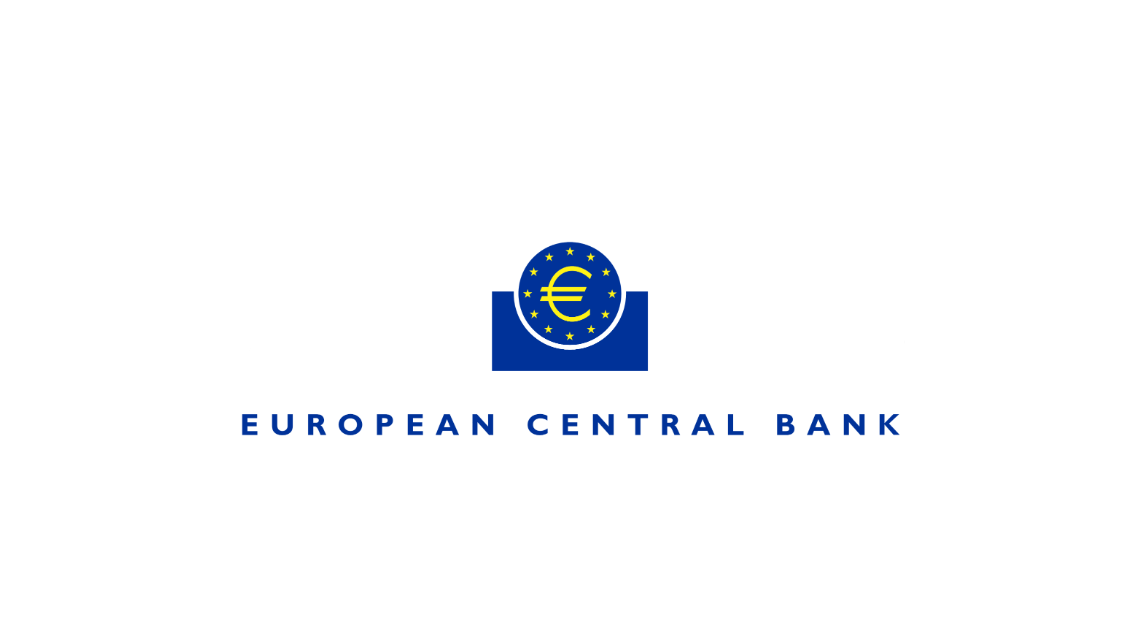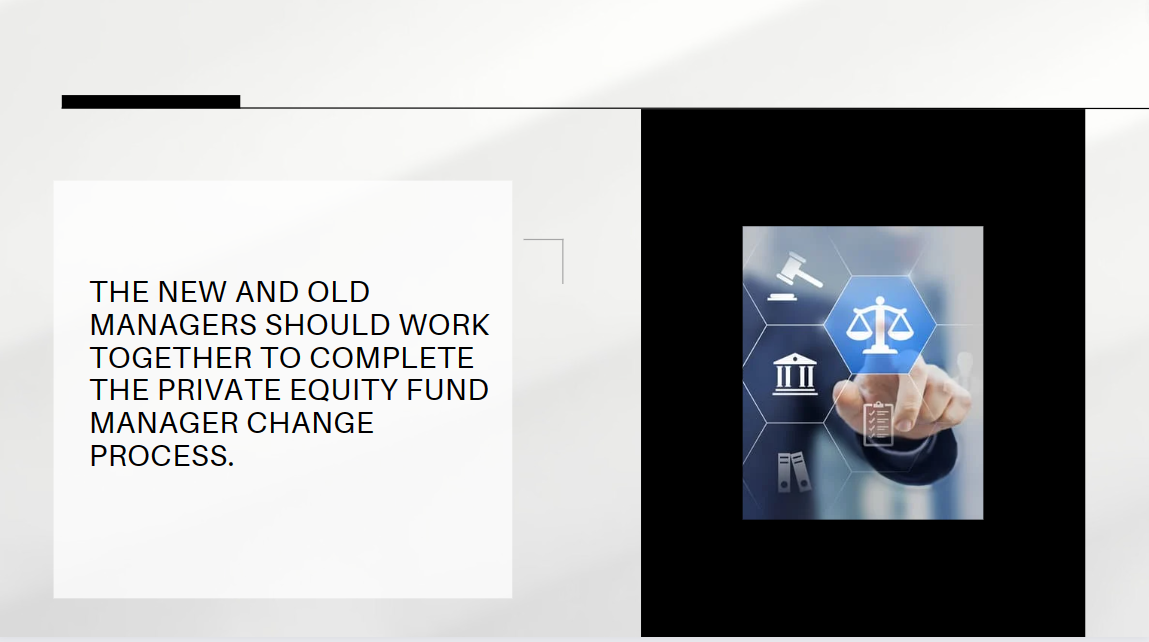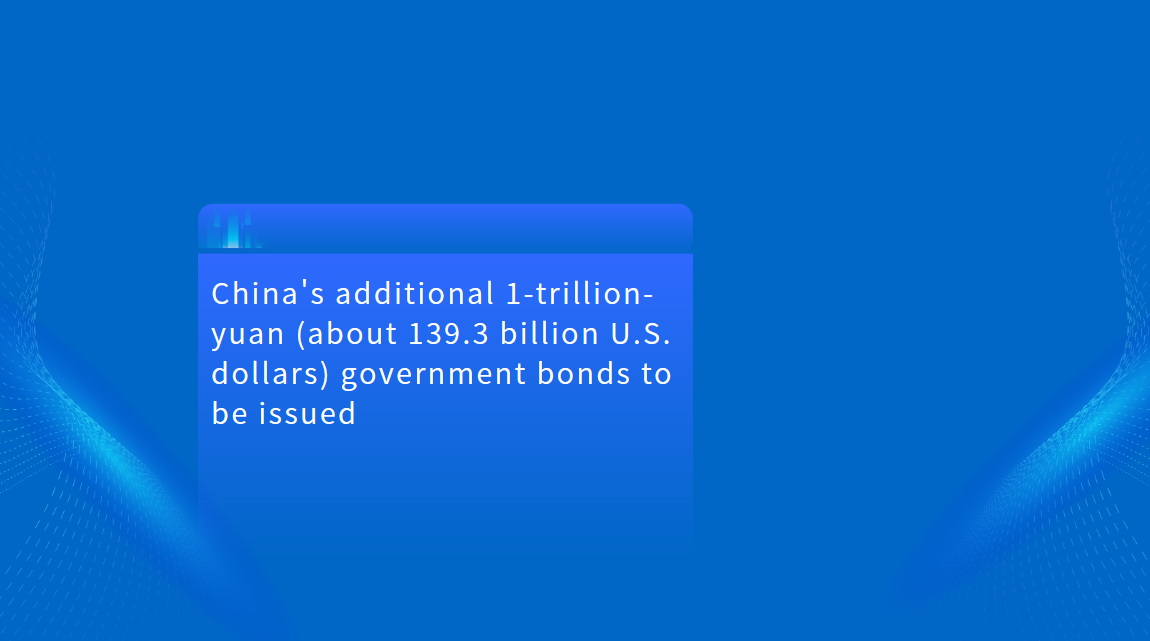China's Strategic Push to Revise Market Access Negative List: Implications for Private Enterprises and Global Investors
In a strategic move to accelerate the development of its private economy, China has outlined plans to expedite the revision of its market access negative list, aiming to remove barriers and provide broader opportunities for private enterprises. According to Zheng Bei, Deputy Head of the National Development and Reform Commission (NDRC), the country is intensifying efforts to ensure that sectors not included on the negative list will be considered fully open to private sector participation. This announcement signals a continuation of China's broader agenda to foster a more competitive and innovative economic landscape.
////
ONE

The NDRC's new focus comes at a time when private enterprises account for a significant portion of China's economy, with over 92% of all businesses in the country being private, and the same proportion applying to high-tech firms. The private sector's increasing scale, innovation capabilities, and international competitiveness are central to China’s long-term economic strategy, which now seeks to unlock even more potential by dismantling remaining obstacles to market entry.
In addition to revising the market access framework, China aims to encourage private firms to take a more active role in major national strategies. This includes expanding their involvement in competitive infrastructure projects, scientific research initiatives, and key areas like security capacity and consumer goods trade-ins. Furthermore, a strong push is being made to enhance legal protections for private enterprises and promote the ongoing legislative process of the Private Economy Promotion Law.
////
Key Areas of Focus: "Two Heavy and Two New"
TWO

The NDRC’s efforts are also focused on a set of strategic priorities, referred to as "Two Heavy and Two New." The "Two Heavy" initiative includes issuing long-term special government bonds to support national security and strategic projects, while "Two New" refers to driving a new wave of large-scale equipment upgrades and facilitating consumer goods exchanges.
////
Clearing Obstacles and Enhancing Financing Access
THREE
In the coming months, the NDRC intends to address critical issues faced by private enterprises, particularly around accessing affordable financing and resolving overdue payments. This is part of a larger effort to create a more accessible and efficient market environment, wherein local governments and state-owned enterprises (SOEs) are held accountable for addressing these concerns. The government has already initiated policies such as local government special bonds to help clear overdue payments, which have been a persistent issue for private firms.
////
Implications for Global Investors
FOUR
For international businesses and investors, China’s ongoing market reforms signal a more favorable environment for entering and operating within the country. By removing entry barriers and fostering private sector innovation, China is creating new opportunities for foreign capital, especially in sectors previously dominated by state-owned enterprises. The focus on high-tech industries and infrastructure could present lucrative avenues for foreign investors looking to capitalize on China's drive towards modernization and technological advancement.
Furthermore, as private enterprises are encouraged to take on a more significant role in the country’s economic development, international investors can expect a more dynamic and competitive market in China. This shift not only enhances the potential for collaboration with Chinese firms but also opens up prospects for joint ventures, partnerships, and other business models that integrate the strengths of both domestic and international players.
////
A Unified, Open, and Competitive Market
FIVE
The Chinese government’s efforts to revise its market access policies and enhance the role of the private sector are expected to culminate in a more unified, open, and competitive market system. For foreign business professionals, this evolving landscape provides a promising framework to engage with one of the world’s largest and most influential economies. As China continues to implement these reforms, global companies should closely monitor the developments, as they offer a glimpse into the future of business in the country—one where private enterprises, innovation, and international collaboration are set to play a pivotal role.
As China’s market access negative list continues to evolve, the message is clear: the country is opening up to new possibilities. For global investors and private enterprises, this shift could mark the beginning of an exciting new chapter in Sino-foreign business relations.





















































First, please LoginComment After ~